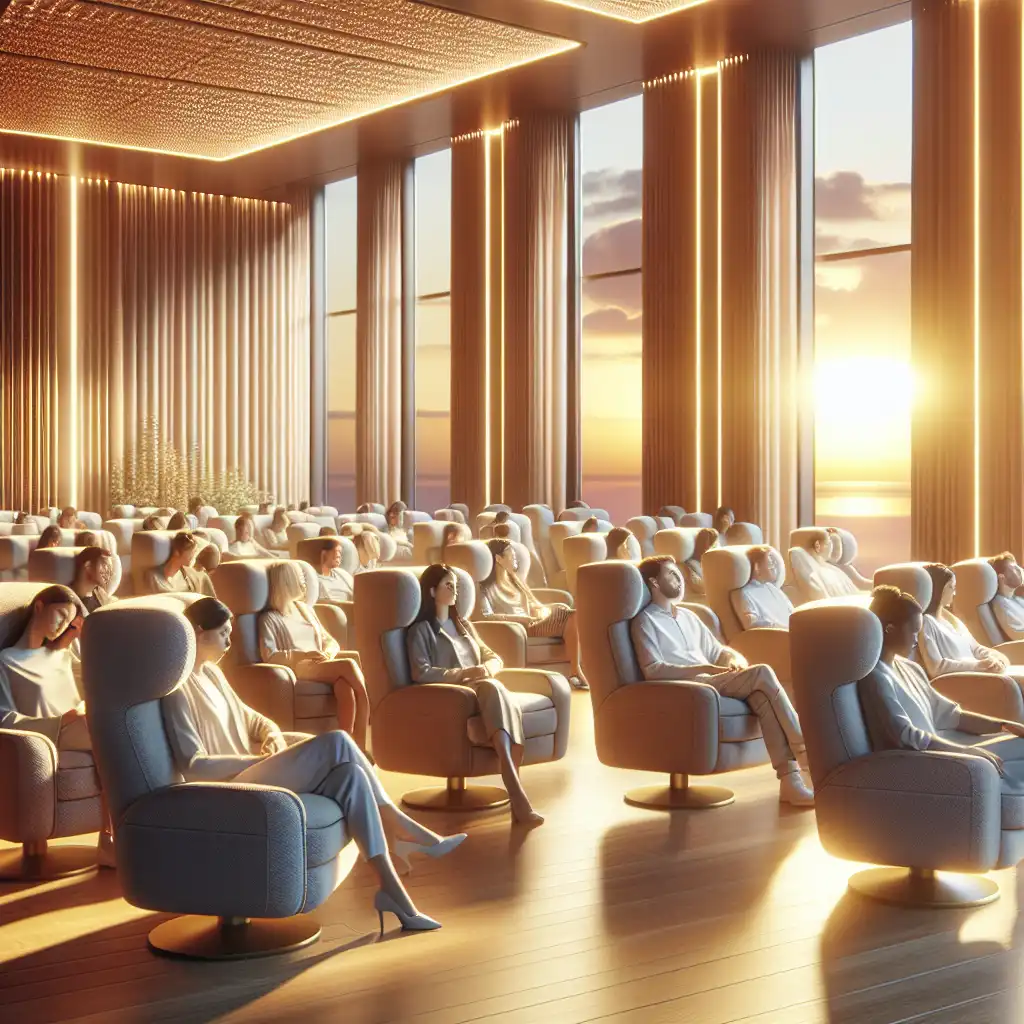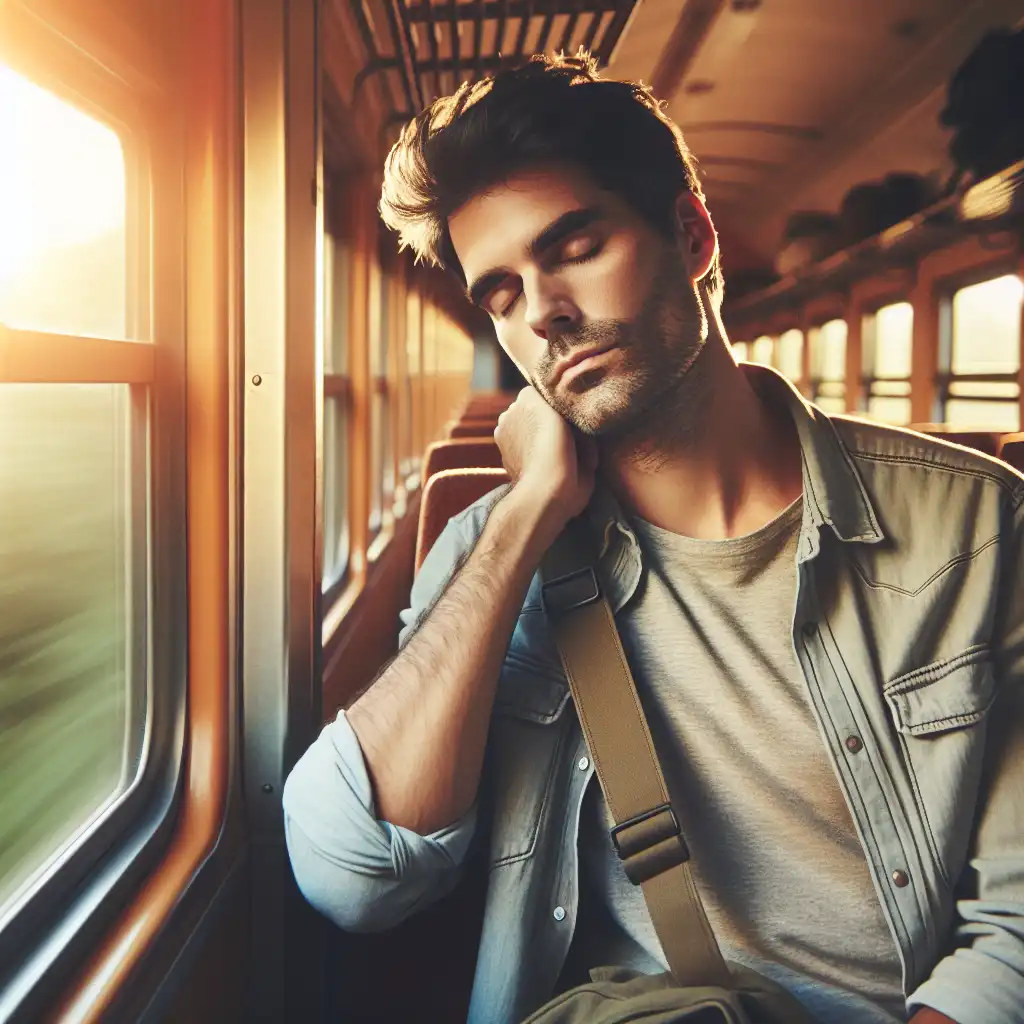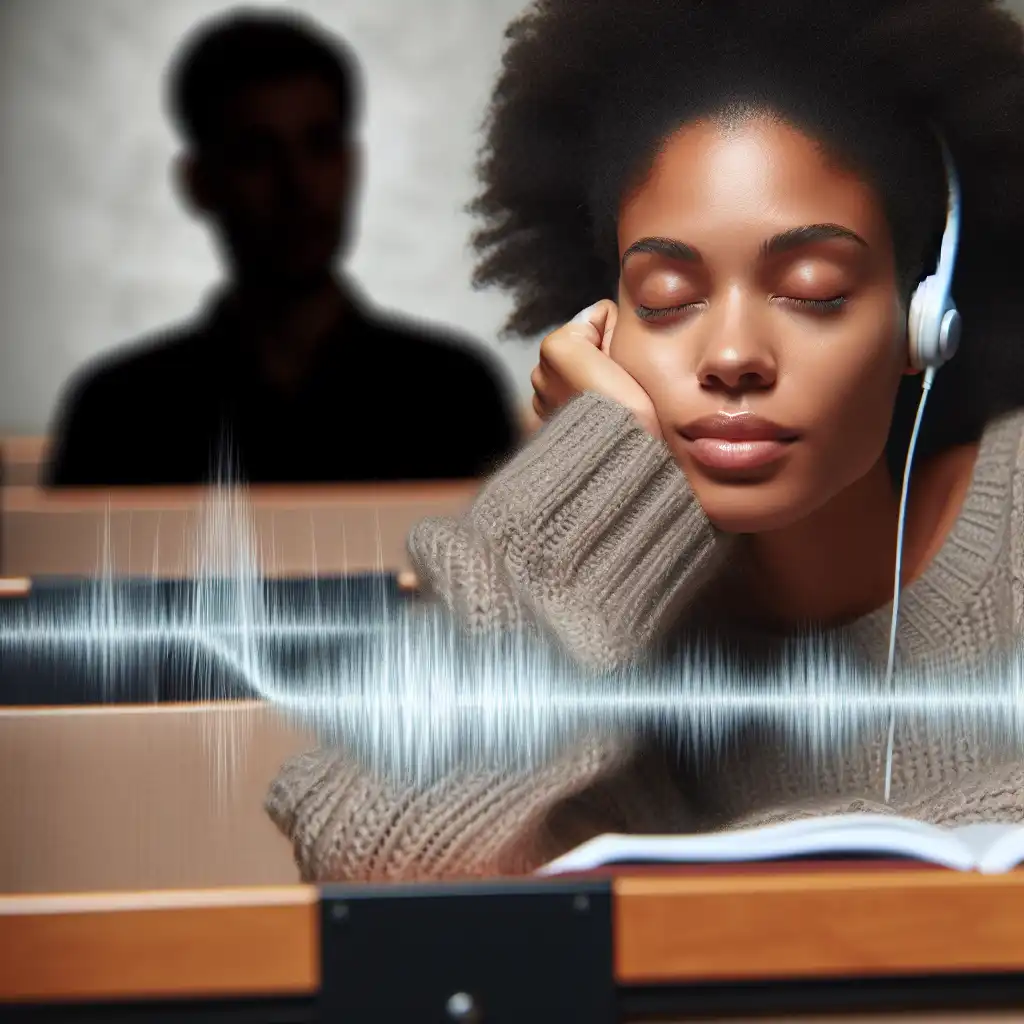
Somnolence
Common Usage
Somnolence is often used to describe temporary sleepiness, especially after eating or during monotonous activities.  The seminar's audience battled somnolence after the uninspiring speech.
The seminar's audience battled somnolence after the uninspiring speech.
Not Just Tired
Somnolence implies a stronger urge to sleep than just being tired; it's a step closer to actually sleeping.  His somnolence was so intense that he nodded off while standing on the train.
His somnolence was so intense that he nodded off while standing on the train.
Descriptive Imagery
Use somnolence to vividly depict a scene where someone is struggling to stay awake.  She fought somnolence as the lecturer's voice faded into a monotonous drone.
She fought somnolence as the lecturer's voice faded into a monotonous drone.